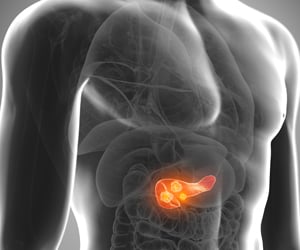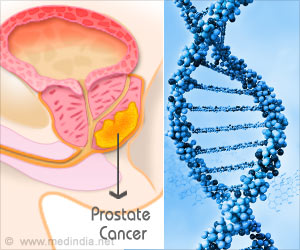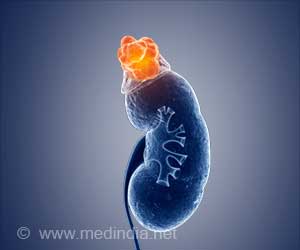People who respond to cilengitide have a unique genetic signature that makes them highly susceptible to this drug.

TOP INSIGHT
Many tumors are not addicted to Glut3 and that's why response to cilengitide was limited.
Cheresh and an international team of scientists found cilengitide is effective in patient-derived tumor cells of a defined subpopulation with proneural and classical glioblastoma subtypes. The Achilles' heel for these tumors is their addiction to the expression of the high affinity glucose transporter Glut3 -- a known driver of cancer stem cells.
"Dependency on Glut3 is critical -- a mere expression of this protein is insufficient. What we saw is that many tumors are not addicted to Glut3 and that's why response to cilengitide was limited," said Cheresh. "We found that about 15 percent of patient-derived glioblastoma stem cell models were addicted to Glut3 and therefore attacking these tumors with an αvβ3 inhibitor like cilengitide was effective."
Cancer stem cells thrive on Glut3, which helps tumor cells take up glucose even in very low glucose environments, such as the brain. Integrin αvβ3 increases glucose uptake in the brain by enhancing Glut3 expression, which is critical for tumor growth among this subpopulation of patients, which is why cilengitide appears to be effective for these tumors.
Armed with this new information, the team reported that, utilizing a gene profile alone, they were able to successfully predict which glioblastoma tumors were sensitive to αvβ3 blockade. Currently, there are a number of αvβ3-targeted strategies in development that could be harnessed to target this vulnerability.
Standard treatment is aggressive: surgery, followed by chemotherapy and radiation. Yet most tumors recur within six months, fueled by a small population of glioblastoma stem cells that resist and survive treatment, continuing to divide and produce new tumor cells to replace those killed by cancer drugs.
While not all glioblastoma patients will benefit, these findings represent a major step in identifying a distinct subpopulation who might respond to this type of drug. The next step would be a clinical trial in which patients were selected based on their genetic profile, said Cheresh. The authors believe this drug might be useful in other types of cancer patients with a similar vulnerability.
Source-Eurekalert
 MEDINDIA
MEDINDIA



 Email
Email





